
In the hills west of Livermore, off-roaders are hoping to expand their range into an area that land preservationists say is sensitive natural habitat.
State Parks officials have signaled a move towards opening a portion of a nearly 3,500-acre site next to Carnegie State Vehicular Recreation Area to off-highway vehicles. The effort, more than a decade in the making, has sparked an intense debate between off-roaders and environmentalists about how public lands like the Tesla property should be managed.
Both sides have packed meetings at the East Bay Regional Parks District this month after it listed Tesla as a “potential regional preserve,” even though it’s the State Parks Department that will decide what to do with the land. State Parks is in the process of drafting an environmental impact report and general plan for Carnegie SVRA, which will also determine future use of the Tesla property.
“You can have resource protection and OHV recreation,” said Don Amador, the western representative of the Blue Ribbon Coalition, which represents off-roaders. “They are not mutually exclusive and they can coexist on state and federal lands.”
But Celeste Garamendi of Friends of Tesla Park, a group seeking to restrict the land for passive recreation, said the nature and history of the land is too precious to allow in off-roaders.
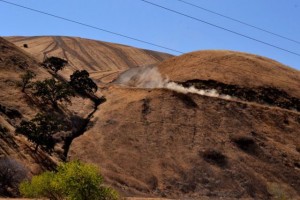
“When you’re hiking, when you’re wanting to enjoy nature, you do not want to have the impact of motorcycles and ATVs and four-by-fours impinging on the environment,” she said. “The concept of mixed use is false.”
The state purchased the Tesla property in the late 1990s with the intention of eventually turn it into an extension of Carnegie SVRA. But repeated attempts to do so have failed, in part because of the opposition.
Tesla sits at the intersection of several biotic zones, notably the coastal hills of the East Bay and the more arid Central Valley, making it particularly rich in biodiversity and a target of conservation efforts. Opponents to the expansion say there are 50 listed species on the site, including rare ones that need protection such as the California red-legged frog, the California tiger salamander, and tule elk.
Tesla is also an historic site, a former coal and clay mine that fueled a company town of 1,200 in an area called Corral Hollow in the 19th Century. Going back even further it was a Native American ceremonial site with prehistoric rock carvings still in place.
For these reasons, opponents of the expansion say the land should be kept from becoming anything like Carnegie SVRA, which faces problems with erosion, noise disturbance, and water quality impacts after more than 50 years of off-roading.
“Carnegie looks like Armageddon,” said Garamendi, who lives nearby. “There are wide swaths of vegetation that has been denuded from the landscape, gullies scarring the hillsides, there’s dust. You don’t see wildlife when you’re there. It looks like a wasteland. Tesla is special. We can’t allow any damage to occur.”
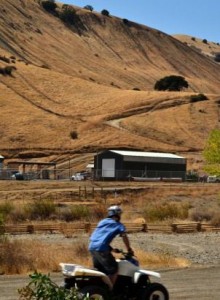
Off-roaders, however, say the state has an obligation to use the land, in part, for off-roading because it was purchased with money from the Off-Highway Vehicle Trust Fund, a pot of money primarily fed by a portion of the state gas tax. Amador said his group favors setting aside some of the Tesla site, but off-roading must be allowed there.
“It’s not the Garden of Eden,” Amador said. “It’s been used by people for hundreds of thousands of years and we expect it will continue to be used by thousands of people.”
The East Bay Regional Park District is taking the position that off-roading be allowed, as long as the most important areas of Tesla remain off-limits. In a statement to the State Parks Department, the district calls for “passive, non-motorized use” be given equal weight in the new plans. Brian Holt, a senior planner for the East Bay parks district, said the district is interested in partnering with the state to manage the land set aside for passive use.
Although the district has raised the hackles of off-roaders by placing Tesla on its master plan as a “potential regional preserve,” Holt says there’s no aim to banish off-roaders from the area.
“It has been reported that the district wishes to stop OHV on the Carnegie site,” Holt said. “We have not been working towards that.”
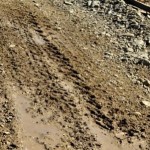
Dan Canfield, a spokesman for the OHV division of state parks, said Tesla will likely be zoned for different uses based on what’s suitable, as is done in other parks, rather than an overarching plan. The public will then give input on each zone.
“It’s an empty shell at this point,” he said. “We’ve gotten thousands of comments from people with a lot of different points of views and we accept them all.”
Go here for more information on the Carnegie SVRA general plan revision and to comment on the Tesla expansion. State officials are scheduled to release a draft environmental impact statement by the spring and finalize one by next winter.

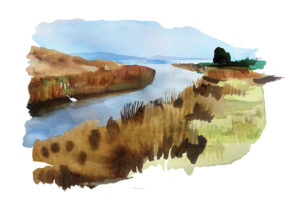
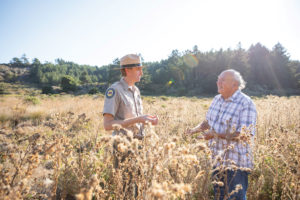
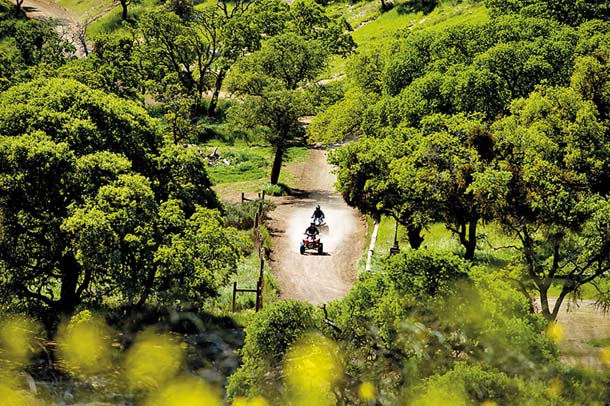
-300x225.jpg)